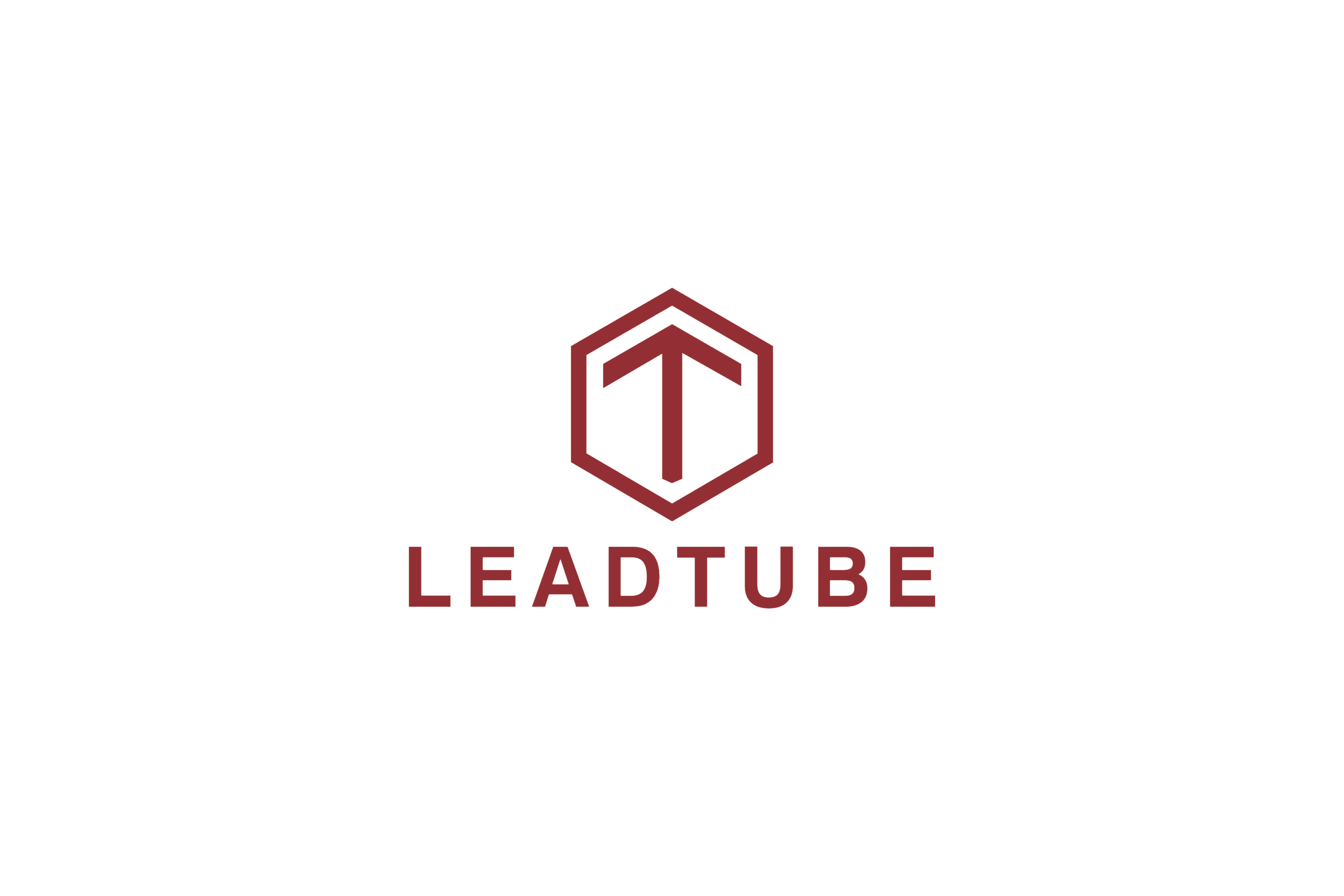OTT Advertising: Capturing Audiences Beyond Traditional TV
- Aman Ahmadi

- Feb 7
- 2 min read
In an age where screens have diversified and media consumption habits have undergone a seismic shift, Over-The-Top (OTT) platforms have risen to the forefront, offering content on-demand, free from the constraints of traditional broadcasting schedules. As viewers steadily migrate to these platforms, attracted by the allure of watching their favorite shows and movies at their own pace and convenience, advertisers, too, have spotted a golden opportunity, pivoting from the saturated realm of traditional TV to the promising horizon of OTT advertising.

OTT platforms have redefined entertainment, be it popular names like Netflix, Hulu, or Amazon Prime or niche players catering to specific genres and audiences. Gone are the days of adhering to TV timetables; in are the days of binge-watching and content-on-demand. But beyond the binge-worthy shows and movies lies a vast, untapped advertising potential. With more granular data on viewing habits, preferences, and behaviors, OTT platforms offer advertisers a level of targeting precision that traditional TV could only dream of.
However, crafting an effective ad strategy for OTT viewers is a different ballgame. It's not just about plastering ads but about integrating them seamlessly into the viewing experience. With OTT, advertisers can create interactive ads, tailor content to viewer preferences, or adjust ad lengths based on viewing habits. Context becomes crucial. A lengthy, severe ad might seem jarring if a viewer is engrossed in a series of short comedy episodes. But a quick, humorous spot could resonate perfectly. Moreover, the flexibility of OTT platforms allows for experimentation, be it with ad formats, content, or placement, enabling brands to continually refine their approach for maximum impact.
Yet, like all advertising endeavors, the actual test of an OTT ad campaign's effectiveness lies in its analysis. Here, OTT truly shines. With rich data, advertisers can gauge everything from view-through rates and engagement metrics to more nuanced behavioral insights. Did the viewer skip the ad or watch it in its entirety? Did they interact with any clickable elements? How did the ad influence subsequent viewing choices? These insights, when analyzed, can provide a comprehensive understanding of campaign performance, informing future strategies and ensuring continuous improvement.
As OTT platforms continue their ascent, reshaping the media consumption landscape, OTT advertising stands poised to redefine the advertising playbook. It allows brands to engage with audiences more intimately, personally, and effectively. As technology evolves and viewing habits change, those who master the art of OTT advertising will capture audiences' hearts, minds, and screens.




Comments